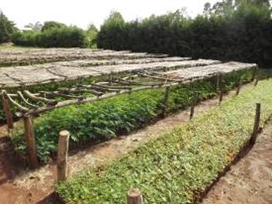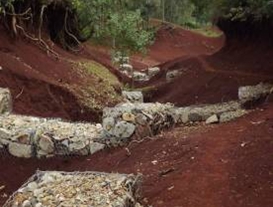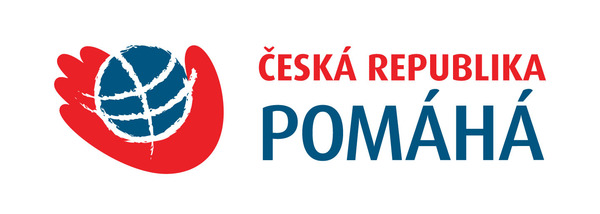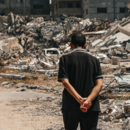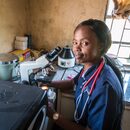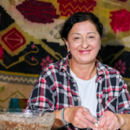Caritas Czech Republic focuses on the natural resources in Ethiopia, namely: the management of water resources, improving the food security of households, and contributing to the protection of the landscape in selected basin areas of the country.
The International Development Cooperation of the Czech Republic within Ethiopia is targeting the Southern Nations region (SNNPR). This Caritas CR project is funded by the Czech Development Agency (CRA) and has been carried out in the area of Kembo Tembaro and in Kachabira woreda (comparable in the administrative structure to Czech municipalities), since 2011 with planned completion in 2013.
In Ethiopia, frequent famines due to irregular rainfall periods occur which require operational solutions in the form of humanitarian aid. Ethiopia experienced its last famine in 2011, in areas near the border with Somalia. The situation is quite often difficult because of the government approach. For example, recently the Human Rights Watch organization even called the approach authoritative. Any organization that wants to work in Ethiopia has its activities under strict government regulations. The whole country has a centralized system, so all the rules and procedures come to the lower administrative units from the higher institutions. All projects must be in compliance with government documents and strategies for growth, especially with a so-called "growth and transformation plan”.
Caritas CR cooperates with the Ethiopian Catholic Church Social and Development Coordination Office of Hossana (ECC) in Kachabira woreda. By working with local partners, Caritas CR overcomes many of the obstacles that other international organizations face.
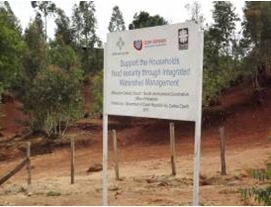 Caritas CR and ECC focuses on soil and vegetation regeneration, as well as improving living standards and food security in the region. In less than a year, they managed to close areas where there is a landslipe (erosive soil), an area which the inhabitants would have to leave. Fencing the areas and planting young trees and grass has helped to reduce the effects of erosion. Closed areas where cattle must not graze have been quickly restored. Local herdsmen use a system of "cut and carry", i.e. they can only mow and carry the grass for cattle, which does not affect the root system that prevents landslipes. In the forests, nursery seedlings of planted trees grow in the closed areas. To prevent further erosion, Gabion dams are built (Gabion is an (wire-gravel) element used to carry earth pressures, e.g. retaining walls). The available materials such as stones and metal nets/wires are used which people from local communities obtain and therefore contribute to the protection of their land themselves. The grass is planted on Gabion dams, which prevents further landslipes due to the extensive root system.
Caritas CR and ECC focuses on soil and vegetation regeneration, as well as improving living standards and food security in the region. In less than a year, they managed to close areas where there is a landslipe (erosive soil), an area which the inhabitants would have to leave. Fencing the areas and planting young trees and grass has helped to reduce the effects of erosion. Closed areas where cattle must not graze have been quickly restored. Local herdsmen use a system of "cut and carry", i.e. they can only mow and carry the grass for cattle, which does not affect the root system that prevents landslipes. In the forests, nursery seedlings of planted trees grow in the closed areas. To prevent further erosion, Gabion dams are built (Gabion is an (wire-gravel) element used to carry earth pressures, e.g. retaining walls). The available materials such as stones and metal nets/wires are used which people from local communities obtain and therefore contribute to the protection of their land themselves. The grass is planted on Gabion dams, which prevents further landslipes due to the extensive root system.
Finally, in the basin areas Caritas CR along with ECC supported 100 of the poorest households led by women, giving them two goats. Most of the goats have already had one baby. In total, 101 baby goats were born, many of which are now pregnant. The households can sell or use the animals for meat. After two years, women will pay the amount of money for the acquisition of the original two goats. Money will be placed in a joint bank account from which other women will be able to draw money to buy goats.
From time to time there is a long rainy season, making some sites inaccessible, and sometimes limiting the work and activities of Caritas CR and ECC. For example, plans to plant may change due to weather. The project ends in December 2013, and one of the goals is to plant 130,000 seedlings of trees by this time.
First photo: Tegest, one of the hundred recipients who received goats, now with the new born goats


